Sorry for such a long title.
This is a followup on my old question, which led me to drawing a beveled circle looking like this:
If you look closely at this image, you can see the pixelation around the edge.
I wanted to smooth this circle with anti-aliasing, and I ended up with this:
If you look closely at this image, you can see a white border around the edge.
I'd like to remove this white border if possible, but my shader is a mess at this point:
#extension GL_OES_standard_derivatives : enable
void main(void) {
lowp vec2 cxy = 2.0 * gl_PointCoord - 1.0;
lowp float radius = dot(cxy, cxy);
const lowp vec3 ambient = vec3(0.5, 0.2, 0.1);
const lowp vec3 lightDiffuse = vec3(1, 0.5, 0.2);
lowp vec3 normal = vec3(cxy, sqrt(1.0 - radius));
lowp vec3 lightDir = normalize(vec3(0, -1, -0.5));
lowp float color = max(dot(normal, lightDir), 0.0);
lowp float delta = fwidth(radius);
lowp float alpha = 1.0 - smoothstep(1.0 - delta, 1.0 + delta, radius);
gl_FragColor = vec4(ambient + lightDiffuse * color, alpha);
}
If anyone could figure out how to remove the white border, that'd be fantastic!

